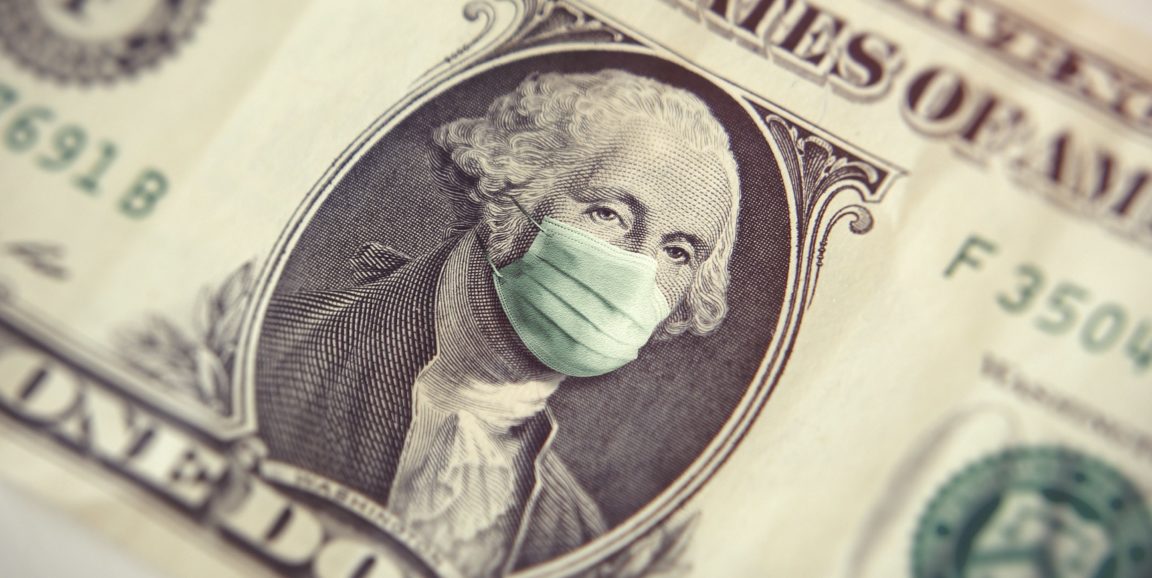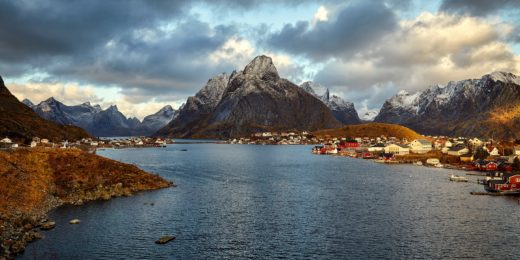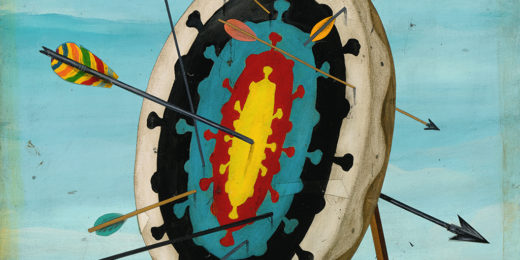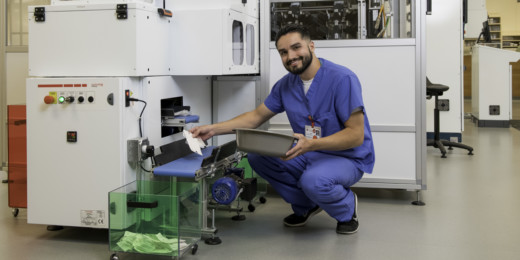When the severity of the COVID-19 pandemic became clear, some researchers began investigating the number of lives lost. Others probed the ensuing economic downturn.
But they rarely looked at both.
Stanford Medicine health economist Maria Polyakova, PhD, and her colleagues set out to fill the gap.
"We were intrigued that a lot of the initial research and media reports either focused on mortality impacts or the economic damage of the pandemic -- but were not combining the two, even though the possible tradeoff was clearly on everyone's minds," said Polyakova, who is a core faculty member at Stanford Health Policy and a faculty fellow at the Stanford Institute for Economic Policy Research.
Economic damages more widespread in initial months
The two factors -- mortality and economic loss -- would seem to be related. It would make sense that communities that take the most stringent precautions may be able to reduce deaths, while their economy pays the price. It could also be that regions hardest hit by the virus would suffer the deepest economic dents.
But the researchers, analyzing data through April 2020, found something a bit more nuanced in those early months.
"Initial economic damages from the pandemic are more widespread across groups than deaths, which were primarily concentrated in a few states and among the oldest," write Polyakova and her colleagues in their study published in the Proceedings of the National Academy of Sciences.
Polyakova explained:
Every single state experienced economic damage -- with the median employment loss across states at 7.8 percentage points.
The health damages early on, however, were highly geographically concentrated.
Worst economic impacts not felt in states hardest hit by deaths
The two states with the largest mortality increase -- New York and New Jersey -- accounted for about half of the national mortality attributed to COVID-19 before May 2020. But the two most economically impacted states -- Nevada and Michigan -- accounted for only 7% of the national economic damages during that time.
The researchers used all-cause mortality reports from the Centers for Disease Control and Prevention and employment data from the Current Population Survey of the U.S. Census Bureau. They used data from January 2011 through April 2020, including both age of death and state.
"While we expected to find the age patterns showing deaths clustered in the higher age groups, the geographic dispersion of the economic effects across states was less clear to us at the outset. It was interesting to uncover that the worst economic impacts were not felt in those states hit hardest by coronavirus deaths," Polyakova said.
Her team believes that the industry composition of states -- in particular exposure to tourism or services -- may have played some role in how the state fared. But there is not a clear-cut explanation for the differing economic fates.
"I think the findings starkly illustrate the enormously difficult challenge we are facing as a society and underscores why it may be hard to gain uniform societal support behind any one given policy," Polyakova said. "The puzzle of how to save the lives of the elderly and keep the jobs of the young -- or save loved ones in one location but affect jobs in another -- is likely not the puzzle politicians were hoping to have to solve during their time in office. Finding the optimal policy is challenging, since most decisions end up hurting someone in some way."
Polyakova said her team plans to keep examining these trends as newer data becomes available.
Photo by Getty Images






